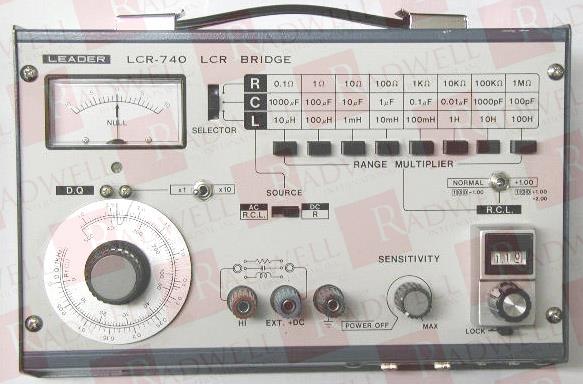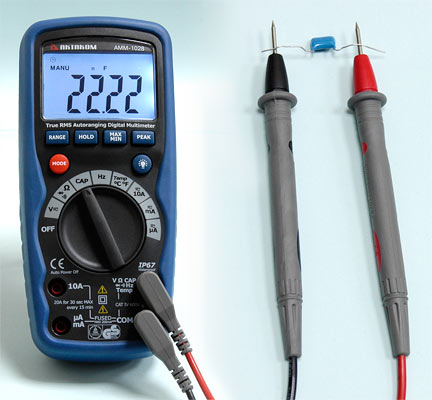recently purchased new capacitors form one of the big supplies.
i bought 470uf 50v aluminum electrolytic caps.
i tested them to all be around 430uf.
the ones i am replacing are about 30yrs old and test around 460uf.
at 430uf the new ones are still within 20% spec, so do i use them being new and off by 40uf
i bought 470uf 50v aluminum electrolytic caps.
i tested them to all be around 430uf.
the ones i am replacing are about 30yrs old and test around 460uf.
at 430uf the new ones are still within 20% spec, so do i use them being new and off by 40uf
The new ones will be fine. Old electrolytic caps deteriorate in ways other than value in much the same way a flat 9 or 1.5 volt battery can still OK voltage wise when out of circuit.
I also wouldn't take a simple cap value reading on a meter as being 100% accurate, not when a cap is brand new and has not been 'formed' by the application of a polarising voltage.
I also wouldn't take a simple cap value reading on a meter as being 100% accurate, not when a cap is brand new and has not been 'formed' by the application of a polarising voltage.
Also, old caps often cheat meters. 😱
Proper Lab instrument is an LCR bridge which measures true capacitance (and a ton other parameters).
This is my old trusty Leader LCR740 bridge, over 30 y.o. and still working fawlessly:

Portable/digital meters

"estimate" capacitance by applying AC voltage (generally squarewave) to cap and measure how much current passes ghrough it.
Higher current higher capacitance, huh?
Problem is that *leaks* also let current through, so old leaky caps often "read" higher .... sometimes 2X to 3X higher than value printed on case, much to the surprise of DIYers .
Proper Lab instrument is an LCR bridge which measures true capacitance (and a ton other parameters).
This is my old trusty Leader LCR740 bridge, over 30 y.o. and still working fawlessly:

Portable/digital meters

"estimate" capacitance by applying AC voltage (generally squarewave) to cap and measure how much current passes ghrough it.
Higher current higher capacitance, huh?
Problem is that *leaks* also let current through, so old leaky caps often "read" higher .... sometimes 2X to 3X higher than value printed on case, much to the surprise of DIYers .
430 uF is not that bad, if it is an only one important property. If I don't have other meters I would left them w/o change.